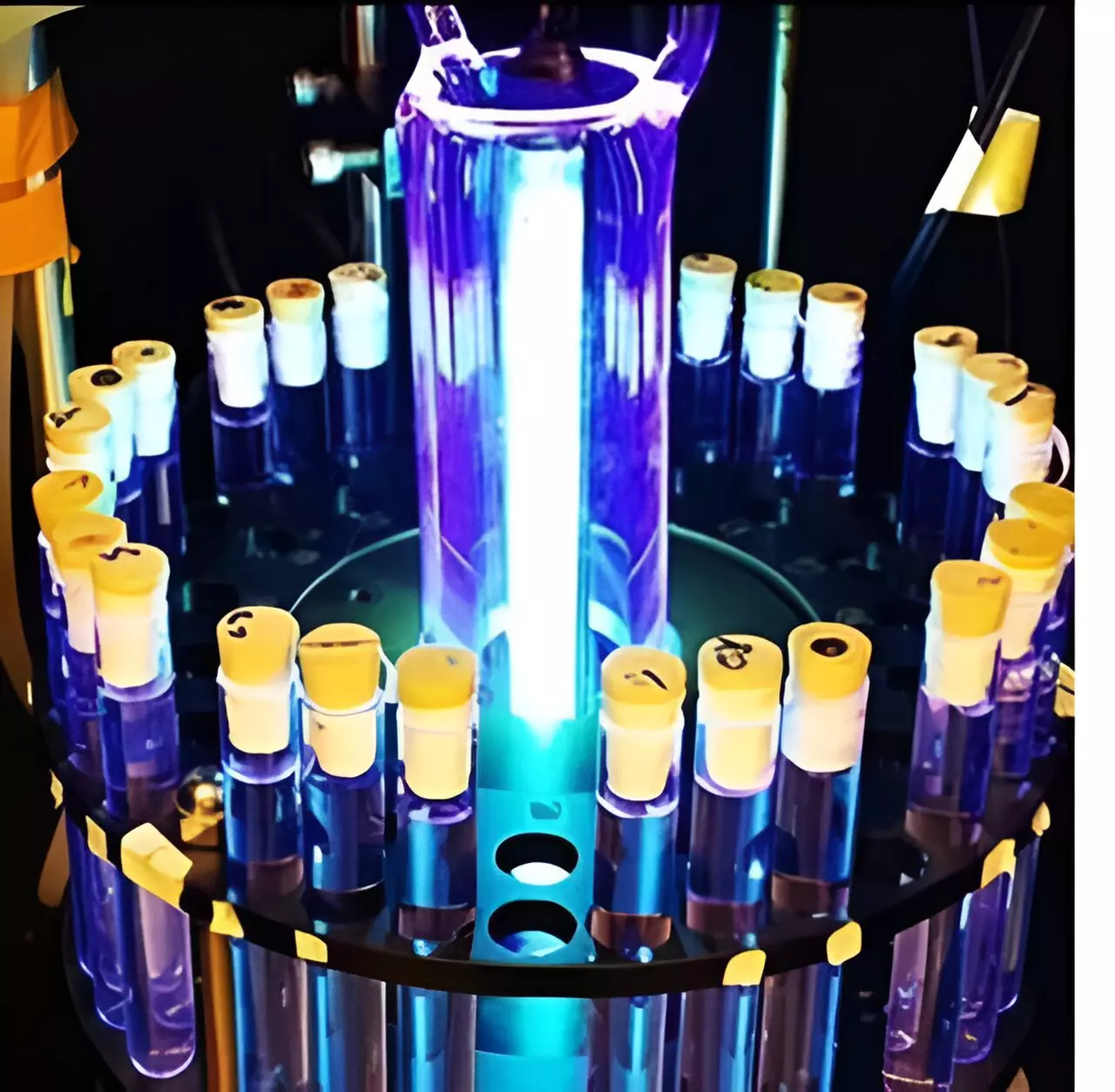In an era where water quality standards are becoming increasingly stringent, researchers at UC Riverside have made a groundbreaking discovery that could transform the way water providers approach the removal of harmful “forever chemicals” from drinking water. Forever chemicals, scientifically known as PFAS (poly- and perfluoroalkyl substances), have permeated various products over the years, leading to contamination in groundwater and posing serious health risks. With new federal regulations limiting PFAS concentrations to just 4 parts per trillion in tap water, the pressure is on for water providers to find effective cleanup solutions.
Led by Professor Haizhou Liu, a team of experts in chemical and environmental engineering at UC Riverside has developed a chemical process that leverages high salt levels typically found in wastewater from treatment plants as a catalyst to break down PFAS compounds. This novel approach involves cleaving the notoriously strong fluorine-to-carbon bonds that make PFAS so persistent in the environment. What sets this method apart is its ability to utilize salt, which is typically considered an impediment to pollution cleanup, as a catalyst for the destruction of PFAS.
The findings of the study, published in the journal Environmental Science & Technology under the title “Promotive Effects of Chloride and Sulfate on the Near-complete Destruction of Perfluorocarboxylates in Brine via Hydrogen-tuned 185-nm UV Photolysis: Mechanisms and Kinetics,” shed light on a new way to tackle PFAS pollution. Building on Liu’s previous discovery in 2022 that PFAS compounds can be eliminated through ultraviolet light treatment, this latest research demonstrates the role of salinity in wastewater in enhancing the efficiency and speed of the process.
According to Liu, the process developed by the UC Riverside team is highly efficient in destroying PFAS due to the use of short-wavelength ultraviolet light, which remains unaffected by other chemicals present in the wastewater. This method not only targets long-chain PFAS compounds but also effectively eliminates more challenging short-chain PFAS that traditional separation technologies struggle to address. By utilizing UV light and the catalytic properties of salt, this approach offers a comprehensive solution to the persistent problem of PFAS contamination.
The implications of this discovery extend far beyond research labs, with potential benefits for both municipal and private water providers relying on ion exchange technology to remove PFAS from drinking water. By incorporating Liu’s process into existing treatment plants, wastewater containing concentrated PFAS pollutants can be effectively treated, ensuring the permanent destruction of these harmful substances. From membrane reverse osmosis filtration technologies to landfill leachate wastewater, the versatility of this method opens up new possibilities for addressing various sources of PFAS pollution.
The significance of this breakthrough lies in its potential to revolutionize the way we approach water treatment and pollution cleanup. By harnessing the power of salt and ultraviolet light, researchers at UC Riverside have paved the way for a more efficient and sustainable method of eradicating “forever chemicals” from our drinking water supply. As we strive to safeguard public health and protect the environment, innovative solutions like this offer hope for a cleaner and safer future.


Leave a Reply